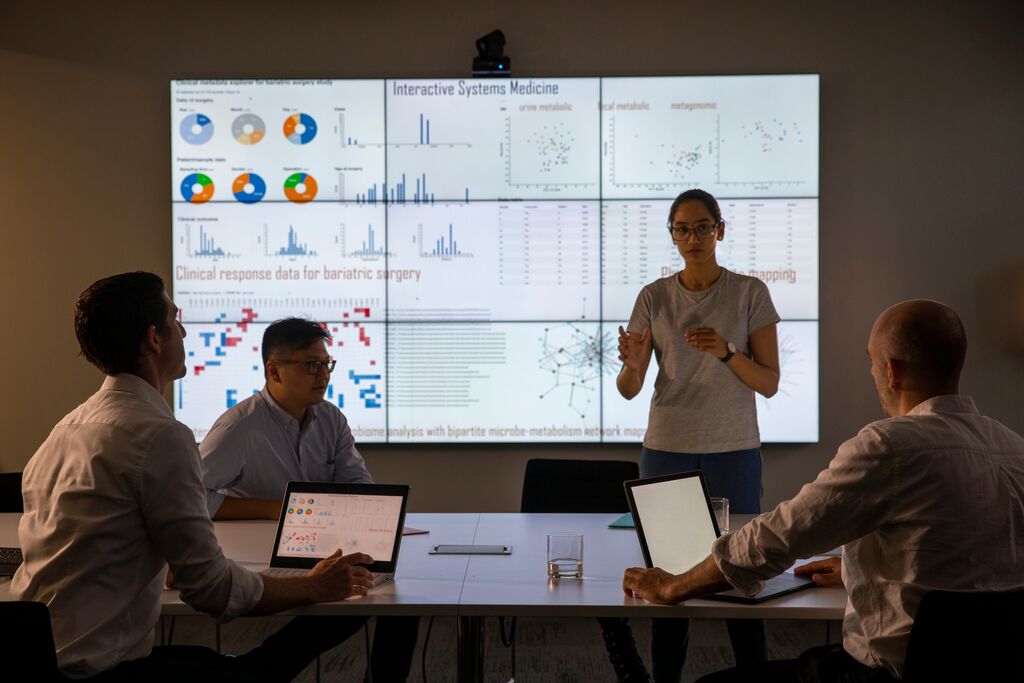





























- Locations
- Asia Pacific
- Bridging the gap: How can innovative funding models for high-cost NCDs help?
If you were to read only one sentence, let it be this: healthcare funding or financing models require continuous attention and innovation in funding sources, pooling and strategic purchasing. Why is this? This blog will provide a window into the “Innovative Funding Models for High-Cost Non-Communicable Diseases (NCDs)” white paper and the new solutions disrupting healthcare financing.
As innovative treatments to address the unmet needs for high-cost chronic NCDs are developed, optimal patient outcomes become intrinsically linked to affordability. This brings a challenge for healthcare systems and traditional funding sources. Unless funding models are redesigned, there inevitably will be funding gaps affecting delivery and outcomes, therefore there is a need to complement and maximize resources in traditional public models.
Innovative funding or financing as a concept is not new; the term was developed in 2002 by the World Health Organization (WHO) to describe new financing from non-traditional sources and incentives. By nature, innovation requires an ongoing and active evolution and, as such, there is often little agreement about what constitutes innovative financing. Started in 2019, IQVIA and Roche in collaboration, have collected, reviewed and analyzed more than 100 innovative funding models, using a single framework with 5 archetypes: government funding schemes, blended finance, novel private insurance, multi-source crowdfunding, financial services.
Globally, there are multiple examples of innovative funding models success stories. For example, in China, Shuidi HuZhu (Shuidi Mutual Aid) is a multi-source crowdfunding example of private insurers and a technology platform coming together to reduce financial burden. Or in Nigeria, the government funding scheme “The Nigeria Cancer Health Fund” brings together public and private stakeholders to provide a funding pathway for low income patients to access cancer care. However, innovative funding models are not restricted to access, novel private insurance has successfully been used for diagnostic testing, as was the case in collaboration between AXA Partners Italia and Roche Italia to provide advanced genomic testing to policy holders. For more case studies or for an in-depth look at the 5 archetypes, click here to read to the full report.
Ultimately, the funding challenges posed by cancer and high-cost chronic NCDs are universal and unavoidable. There is an opportunity for diverse stakeholders — communities, governments, non-profit organizations, and the private sector — to collaborate and share knowledge to drive funding innovation, improve patient access to new scientific and technological advances, and improve financial protection. Furthermore, the COVID-19 pandemic has highlighted the importance of resilient health systems, both to society and to economic development. There is a global movement around the launch of innovative financing mechanisms and the potential for establishing non-traditional partnerships to create resilience and close the funding gap.
To read more about innovative funding models, including the full global innovative funding model landscape report and rare disease focus reports, click here.


